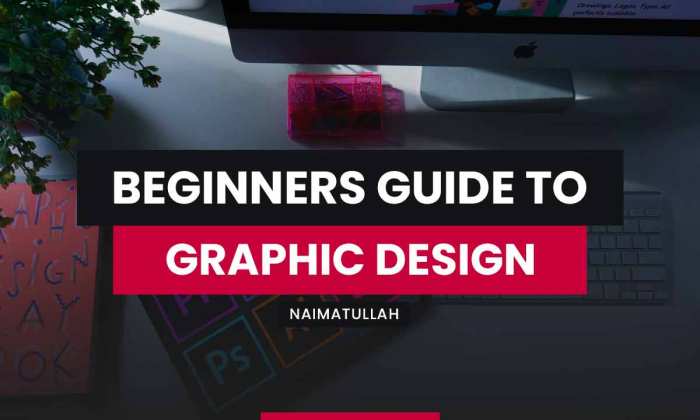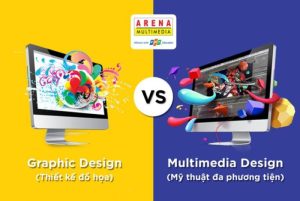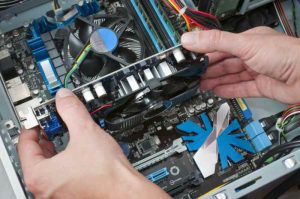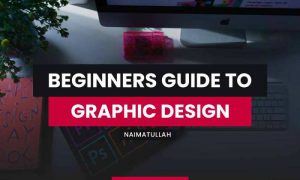
Embark on an exciting creative journey into the world of graphic design for beginners, where imagination meets innovation and design comes to life. Get ready to explore the essential principles, tools, and techniques that will kickstart your design adventure!
Introduction to Graphic Design for Beginners
Graphic design is a creative process that involves combining text and images to communicate a message visually. It plays a crucial role in branding, marketing, and overall visual communication. The basic principles of graphic design include balance, contrast, emphasis, consistency, and unity. Key tools and software used in graphic design include Adobe Photoshop, Illustrator, and InDesign.
Getting Started with Graphic Design
To start learning graphic design, beginners should familiarize themselves with design principles and software tools. It’s important to seek inspiration from various sources and let creativity flow in design projects. Understanding the difference between raster and vector graphics is essential – raster images are made up of pixels and are suitable for photographs, while vector graphics are based on mathematical equations and are ideal for logos and illustrations.
Understanding Color Theory in Graphic Design
Color theory is fundamental in graphic design as it helps convey messages and evoke emotions. Different colors have different meanings and can impact the overall design. For instance, warm colors like red and orange are energetic, while cool colors like blue and green are calming. Successful graphic design projects often use color effectively to create visual impact and convey the intended message.
Typography and Layout Design
Typography plays a crucial role in graphic design, as fonts can convey different moods and messages. Choosing the right fonts is essential for creating visually appealing designs. When it comes to layout design, it’s important to consider hierarchy, alignment, and spacing to ensure a balanced and aesthetically pleasing composition across different types of projects.
Electronics and Electrical

Understanding the basics of electronics and electrical systems is crucial for anyone interested in technology. Electronics deals with the flow of electrons in circuits, while electrical systems involve the generation, transmission, and distribution of electrical power.
Analog vs. Digital Electronics
Analog electronics use continuous signals to represent information, while digital electronics use discrete signals. Analog devices can have an infinite number of values, whereas digital devices operate with a finite set of values, typically represented as binary numbers (0 and 1).
Common Electronic Components
- Resistor: A component that resists the flow of electrical current.
- Capacitor: Stores and releases electrical energy.
- Diode: Allows current to flow in one direction only.
- Transistor: Acts as a switch or amplifier in electronic circuits.
- Integrated Circuit (IC): Contains multiple components on a single chip.
Understanding the functions of these components is essential for designing and troubleshooting electronic circuits.
Computer Repair and Consulting
Computer repair and consulting services are essential for maintaining the functionality of electronic devices. Knowing how to troubleshoot common computer issues can save time and money, while optimizing computer performance can enhance user experience.
Troubleshooting Computer Issues
- Check power supply connections.
- Run diagnostic software to identify hardware or software issues.
- Clean dust from internal components to prevent overheating.
- Update operating system and drivers regularly.
Data Backup and Recovery
Backing up important data is crucial to prevent loss in case of hardware failure or cyber attacks. Data recovery techniques can help retrieve lost or corrupted files, ensuring continuity of operations.
Data Communication
Data communication involves the transmission of data between devices using various methods and protocols. Networking plays a vital role in connecting devices and enabling communication over long distances.
Types of Data Transmission Methods
- Serial Transmission: Data is sent one bit at a time over a single channel.
- Parallel Transmission: Data is sent multiple bits at a time over separate channels.
- Wireless Transmission: Data is transmitted through wireless signals using radio waves or infrared technology.
Data Communication Protocols
- TCP/IP: Transmission Control Protocol/Internet Protocol is a standard protocol for communication over the internet.
- HTTP: Hypertext Transfer Protocol is used for transferring web pages on the World Wide Web.
- FTP: File Transfer Protocol is used for transferring files between a client and a server.
Computers E-Books
E-books provide a convenient and accessible way to learn about computers and technology. They offer flexibility in studying at one’s own pace and access to a wide range of resources for beginners in computer science.
Benefits of E-Books
- Portability: E-books can be easily carried and accessed on various devices.
- Searchability: Users can quickly search for specific information within e-books.
- Cost-effective: E-books are often more affordable than printed books.
Recommended E-Books
- “Computer Science Illuminated” by Nell Dale and John Lewis
- “Code: The Hidden Language of Computer Hardware and Software” by Charles Petzold
- “Introduction to the Theory of Computation” by Michael Sipser
E-books offer a dynamic learning experience with multimedia content, interactive quizzes, and the ability to update information in real-time.
Graphics and Multimedia
Graphics and multimedia play a crucial role in modern technology, enhancing the visual appeal and user experience of various digital platforms.
Impact of Graphics and Multimedia on User Experience
- Graphics and multimedia elements such as images, videos, and animations can significantly impact user engagement and retention on websites and mobile applications.
- Interactive graphics and multimedia content can make learning experiences more immersive and enjoyable for users.
- Well-designed graphics and multimedia can convey information more effectively and help users understand complex concepts easily.
Innovative Uses of Graphics and Multimedia in Various Industries
- Virtual reality (VR) and augmented reality (AR) technologies are revolutionizing industries like gaming, healthcare, and education by offering immersive multimedia experiences.
- Advertising and marketing sectors are leveraging interactive graphics and multimedia content to create engaging campaigns that resonate with audiences.
- Architecture and design firms are using 3D modeling and rendering techniques to showcase projects in a realistic and visually appealing manner.
Computers Hardware

Understanding computer hardware components is essential for optimizing system performance and ensuring compatibility between different hardware devices.
Importance of Hardware Compatibility in Computer Systems
- Hardware compatibility ensures that all components of a computer system work seamlessly together, preventing issues like system crashes or malfunctions.
- Upgrading hardware components should consider compatibility with existing hardware to avoid compatibility issues and optimize performance.
- Regular maintenance of computer hardware, such as cleaning dust from fans and updating drivers, can prolong the lifespan of components and improve overall system efficiency.
Tips on Upgrading and Maintaining Computer Hardware
- Research and choose hardware components that are compatible with your existing system specifications to ensure smooth integration and optimal performance.
- Follow manufacturer guidelines for installation and maintenance to prevent damage to hardware components and ensure longevity.
- Regularly update drivers and firmware to keep hardware running efficiently and address any compatibility issues that may arise.
Conclusive Thoughts
As we conclude this captivating exploration into graphic design for beginners, remember that every design begins with a spark of inspiration and a brushstroke of creativity. Let your imagination soar and your designs shine bright in the vast canvas of graphic design!
Query Resolution
How can I start learning graphic design as a beginner?
To start learning graphic design as a beginner, explore online tutorials, enroll in courses, practice regularly, and seek inspiration from design professionals.
What is the significance of color theory in graphic design?
Color theory plays a crucial role in graphic design by influencing emotions, creating visual hierarchy, and enhancing overall aesthetics of a design.
Why is typography important in graphic design?
Typography is essential in graphic design as it helps convey messages, establish brand identity, and improve readability and visual appeal of designs.





